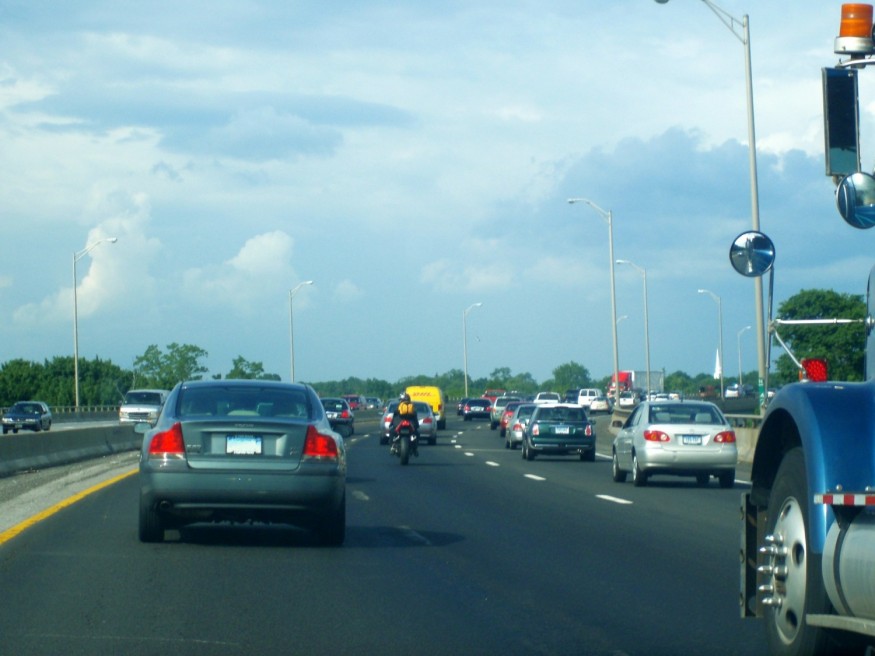This year, the Fourth of July holiday is set to make history with the number of people traveling. The Transportation Security Administration (TSA) predicts they will check more than 3 million passengers on June 28 alone.
This would break last week's record of 2.99 million people checked on June 23.

Fourth of July Travel Hits Record Highs
The Fourth of July week is looking to be the busiest ever for travel. Travel Weekly reported that around 5.7 million people are planning to fly to their holiday spots, which is 7% more than last year.
The group also thinks a record-breaking 60.6 million people will drive during the Independence Day week, up 4.8% from last year.
This spike in travelers is happening during a time when gas prices are lower, and flying within the country costs about 2% less than before. These changes make traveling more appealing for many.
From June 29 to July 7, about 70.9 million people are expected to travel at least 50 miles from their homes, making this Fourth of July period a super busy one.
With so many planning to hit the roads and skies, TSA's head, David Pekoske, has reassured everyone that they are ready to handle the rush. Both TSA and AAA suggest getting to the airport at least two hours before your flight to avoid any stress.
With these travel records about to be set, the Fourth of July this year is a celebration of independence and a showcase of a thriving travel season.
Related Article: United States Braces for Record Tourism Influx During Solar Eclipse
Travel Chaos Ahead
Active weather patterns across the U.S. are causing significant disruptions as we near the Fourth of July holiday. The FOX Forecast Center has highlighted a series of storm systems that are leading to major travel delays and cancellations.
These disruptions are expected to continue as the holiday weekend approaches, complicating travel plans for many.
A record 71 million people are anticipated to travel more than 50 miles from home during the holiday period, according to AAA. The roads will be packed, with over 60 million choosing to drive, while more than 57 million will take flights, and nearly 5 million will travel by cruise, bus, or train.
Weather challenges are diverse across the regions. As per the report, the Northeast and Mid-Atlantic will face the toughest conditions on Sunday, with a strong cold front expected to cause storms and potentially damaging winds.
The forecast for Monday shows stormy weather moving into the Southeast, with threats of flash flooding in South Carolina and Georgia, while conditions are predicted to improve in the Northeast.
Tuesday will bring another wave of storms into the Midwest, stretching down to the southern Plains, as the heat spreads westward into California, where excessive heat advisories are in effect.
On Wednesday, moisture increases in the four corners area, raising the possibility of thunderstorms and flash floods, which could also heighten wildfire risks.
By the Fourth of July, attention turns to the Midwest and Ohio Valley, where afternoon thunderstorms could bring damaging winds and heavy rain, complicating airport travel from cities like Minneapolis and Chicago to New Orleans.
This article is copyrighted by Travelers Today, the travel news leader




